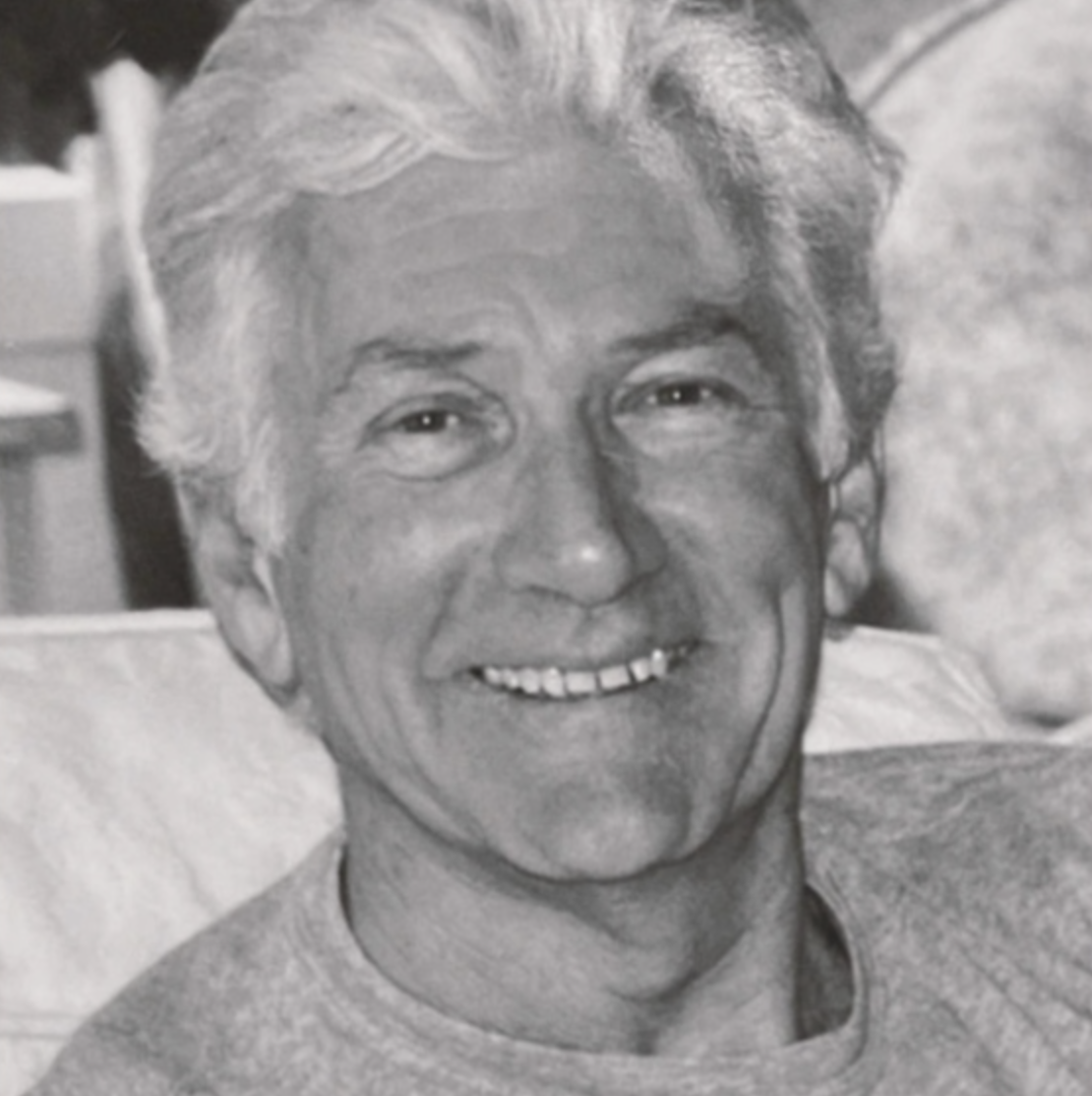Onward to the Editing Room!
Happy New Year! Now, let’s catch everyone up…
Speed has completed principal photography. After a whirlwind production that took cast and crew on the all over Los Angeles, from downtown to the city’s highways and byways, from the Fox lot in Century City to a newly-minted subway system and, finally, to a rousing finale in the heart of Hollywood. And now, with the footage in tow, filmmaker Jan de Bont heads into the editing room to assemble his action masterwork.

Enter film editor John Wright. Fresh off Academy Award recognition for John McTiernan’s The Hunt for Red October (which, incidentally, included de Bont as cinematographer) and with credits like The Running Man, Gleaming the Cube and Last Action Hero on his resume, he saddles up to the wealth of material de Bont has captured and looks to build something exciting out of it. In this, Wright’s final interview ever*, he recounts Speed‘s post-production journey.
“The thing that helped me as an editor with that movie is I started in documentaries,” Wright says. “I started with a company, David Wolper Productions, back in the ’60s. I edited some National Geographic specials and things like that, and working with documentaries, I learned how to tell a story with film even if it wasn’t real structured, and it helped me a lot in Speed.”
A big part of Wright’s contribution would be utilizing the coverage de Bont had filmed in ways that elevated not only the action, but the human element throughout.
“When I was cutting the movie, I felt that it was important to make the people on the bus an integral part of the story,” Wright says. “I’m not going to take total credit for that, but a lot of that was my idea, to keep them involved, because, you know, you can’t just have Keanu and Sandra and Dennis Hopper, totally. It would be kind of boring.”
An interesting note in the edit, as it would be across many departments on Speed, is the integration of bleeding-edge technology as the industry’s analog status begins transitioning to a digital workflow. As it turns out, Speed would be one of the first major hits edited on a digital editing platform, namely, the Lightworks system.
Editor’s assistant Kevin Ross credits John Wright with building the “baby carriage scene.”
“Avid existed, but it was mostly for television broadcast and it did what’s called 30-frame, because video is 30 frames a second,” says Kevin Ross, Wright’s Lightworks assistant on the film. “Lightworks came out and could do true 24-frame, which is what our film base was, and what was great about it was that it had a very simple interface that mimicked a flatbed editing machine. So, editors were learning how to use this and it was an easier transition than an Avid, which was just a keyboard, which scared a lot of old-time editors.”
Wright, in the end, would be nominated for his second Academy Award for Speed, and Ross has some pretty strong opinions about how things should have gone down at the Oscars.
“I’ll go to my grave saying he should have beat Forrest Gump for the editing award, because the way he shaped the movie with the material he had, I thought he built the whole show in the edit room,” Ross says. “A lot of times, Jan would shoot eight cameras in a big action scene, but it was up to John Wright to figure out, ‘How am I going to put this together?’ And once he had it together, it did not change very often. It was mainly his cut.”
All of that and so much more on this week’s episode of 50 MPH!
*John Wright passed away in April of 2023 at the age of 79.
